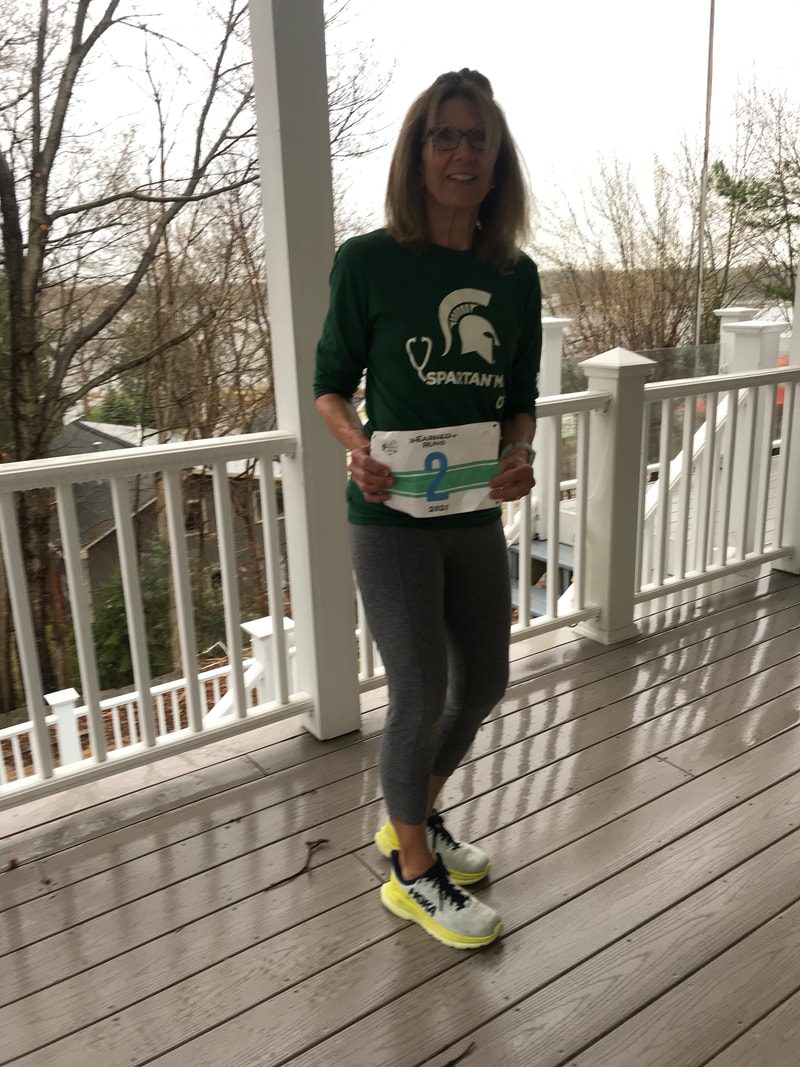BLOG
|
|
The New York Times WELL blog contributor Gretchen Reynolds authored an article, “Exercise Alters Our Microbiome. Is That One Reason It’s So Good for Us?’ that explains very complicated research in understandable terms.
Reynolds discusses in depth the results of a study which sought to determine if exercising for 6 weeks changed intestinal microbe populations in previously sedentary adults. And if reverting back to being couch potatoes during a 6 week ‘washout period’ reversed the exercised-induced changes. Scientists from the University of Illinois at Urbana-Champaign further sought to learn if what happened was different in persons who were lean versus obese at the start of the study Previous work in mice by the same researchers provided clues that this these changes might occur in humans. In addition, the animal research showed that alterations in gut microbes associated with exercise provided some protection from irritation and inflammation in the colon and a healing advantage from their damaging effects. Reynolds details how the study was conducted in 32 men and women and reveals the results, that gut microbe populations did change, but differently in each person. However, she reported, “there were widespread increases in certain microbes that can help to produce substances called short chain fatty acids”. These SCFAs “are believed to aid in reducing inflammation in the gut and in the rest of the body”, and “work to fight insulin resistance, a precursor to pre-diabetes, and otherwise bolster our metabolism”. According to the article and the pre-print research publication, participants who began the study as lean showed the greatest increases in the SCFA-producing bacteria compared with those who began the study as obese. Increased fecal concentrations of the protective substances, SCFAs, was only noted in lean participants. The abstract reported that “exercise-induced changes in the microbiota were largely reversed once exercise training ceased”. It was concluded that the changes were “independent of diet and contingent on the sustainment of exercise”. Earned Runs NOTES from the full pre-print research publication (abstract is online): Volunteers: 32 study participants were aged 25-40; lean subjects had a body mass index < 25; obese subjects BMI was >30. In the lean group, there were 9 women and 9 men; the obese group included 11 women and 3 men. No information was provided on race/ethnicity. Sedentary activity: defined as exercise activity of 30 minutes or less per week for 3 months prior to the study, and a low (10 or less) score on a questionnaire that assessed activity. Participants were instructed to revert to this same sedentary activity level during the 6-week ‘washout’ period (W6), after the 6 weeks of exercise (E6). Exercise: subjects progressively increased activity from 30 to 60 minutes on a treadmill or cycle ergometer, their choice, at levels that increased from 60% to 75% heart rate reserve, on 3 days each week, for 6 weeks. Details on exercise session location and supervision were not provided. Diets: were detailed prior to the start of the study; instruction was given not to make changes throughout the study and to maintain usual eating habits, including alcohol and caffeine intake. Fecal specimen analysis: volunteers submitted fecal specimens (within 30 minutes of collection) for analysis of changes in intestinal microbiome composition, bacterial DNA and gene function, and levels of SCFA. Specimens were submitted at baseline before the study period (E0), after 6 weeks of exercise (E6), and after reverting to 6 weeks of sedentary activity (W6). Body Composition: was assessed by Dual Energy X-ray Absorptiometry at baseline (E0), after exercise (E6), and after the washout period (W6).. Three day menu: Each of 3 days before each fecal collection, all volunteers used the same food menu, eating the same types of foods. Daily diet composition over these days was nearly the same in both groups (calories and percent carbohydrates, protein, and fat). ADDITIONAL study information in the publication not highlighted by the Reynolds article: “Gut microbiota composition was different between lean and obese individuals at baseline” the time period before exercise began. “After exercise training, there was no difference between the groups.” Beneficial changes in microbial composition and SCFA in the obese group were seen with participants with more percent lean muscle and less percent body fat. Body composition changed in both lean and obese persons after 6 weeks of exercise: more lean muscle, less body fat and greater bone mass density. There was also marked improvement in cardiorespiratory fitness as measured by VO2max. All but the BMD increase was reversed by the ‘washout’ sedentary period. COMMENT: At first glance this research is a bit discouraging. It seems to be revealing that lean people are the only ones to greatly benefit, in terms of their gut bacterial health, from exercise. A ‘rich get richer’ message. And that any gains made will be lost if exercise is stopped regardless of BMI. A likely ‘lose- lose’ situation for those with a BMI greater than 30. The study did not provide information on the microbiome of persons with BMI between the lean and obese groups (25 to 30). Or individuals older than 40 years. However, the research details suggest that an individual’s body composition could be the determining factor in the process by which exercise favors the development of a beneficial intestinal microbiome and the production of SCFAs. That key combination is a higher percent lean muscle plus a lower percent body fat. Rather than being a marker for ‘maladaptive’ obesity the researchers propose, high fecal levels of SCFAs “are indicative of healthier body composition and enhanced cardiorespiratory fitness during obesity”. Going out on a limb a bit, the authors also postulate that exercise-induced microbiota changes leading to increased production of fecal SCFAs may “prevent the occurrence or offset the symptomology” of Inflammatory Bowel Disease (IBD). Scientifically there’s quite a bit to unravel in this research, which will require much more research, admit the publication's authors. Exercise is known to provide numerous health benefits, and perhaps now we are learning a bit more about how, they conclude. Earned Runs thinks this work suggests that whether or not you are able to achieve leanness by dieting, if you work to build muscle mass and lower body fat, there is a greater likelihood that regular sustained endurance exercise will produce the advantageous protective microbiome changes identified in this study. Workouts that involve high Intensity interval and strength training may help endurance exercise bring about healthier body changes Bottom line is that we might derive more benefit from running, cycling, and other endurance activities if we also train to build muscle and lose fat! RUN & MOVE HAPPY! https://www.nytimes.com/2018/01/03/well/move/exercise-microbiome-health-weight-gut-bacteria.html https://radiology.ucsf.edu/blog/dxadexa-beats-bmi-using-x-ray-exam-measure-body-composition-fat-loss https://www.ncbi.nlm.nih.gov/pubmed/29166320
0 Comments
Your comment will be posted after it is approved.
Leave a Reply. |
BRIDGE TO PHYSICAL SELF
Running, walking, and fitness activities enable us to experience our physical selves in a world mostly accessed through use of fingers on a mobile device. AuthorEARNED RUNS is edited and authored by me, runner and founder. In 1978 I began participating in 10K road races before 5Ks were common. I've been a dietitian, practiced and taught clinical pathology, and been involved with research that utilized pathology. I am fascinated with understanding the origins of disease as well as health and longevity. Archives
November 2023
CategoriesNew! Search Box
Earned Runs is now searchable! Check it out...
|


 RSS Feed
RSS Feed